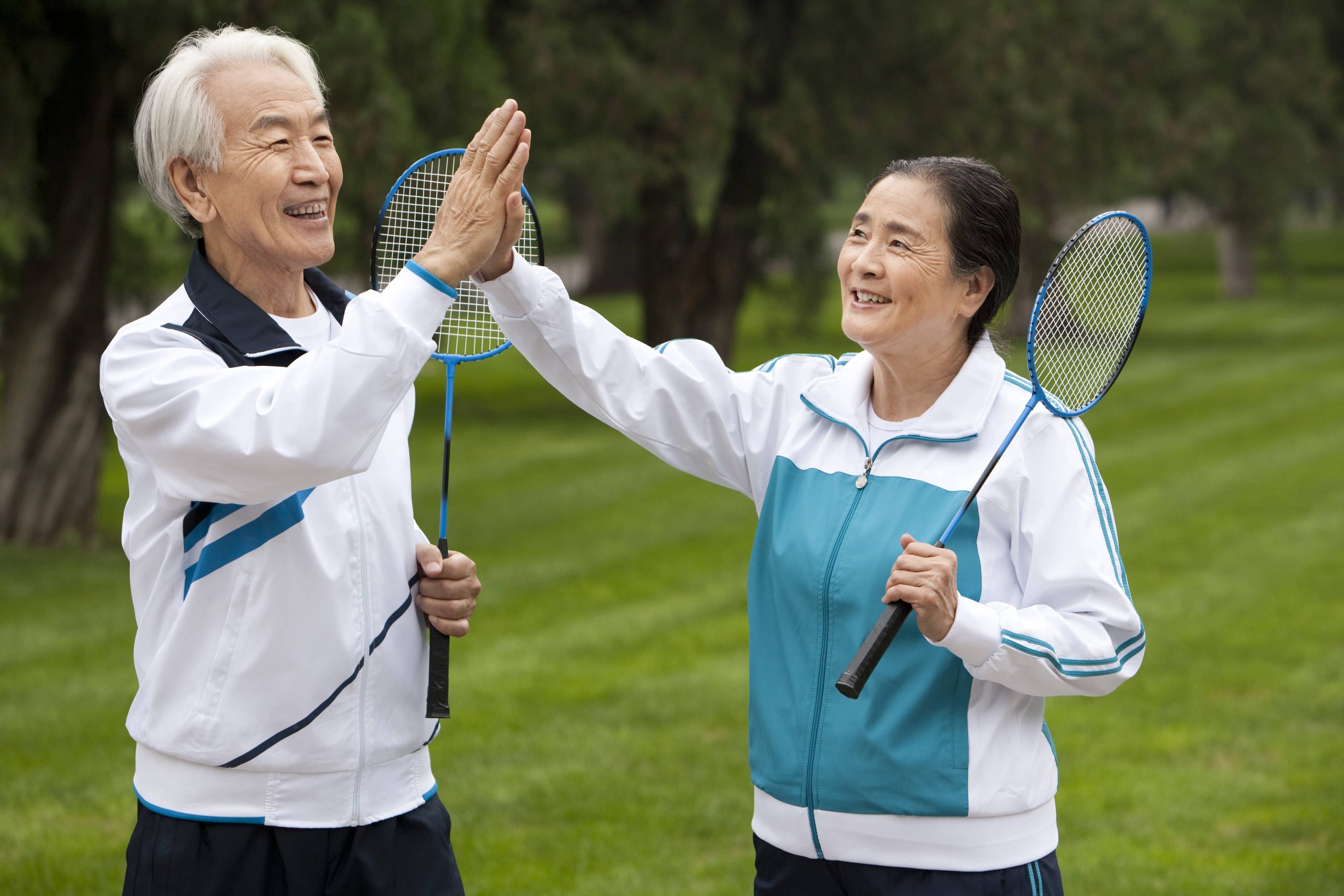
As we age, maintaining an active lifestyle becomes increasingly important for our overall health and well-being. For seniors, especially those with mobility issues or chronic conditions, finding safe and effective exercises can be challenging. Chair exercises offer a low-impact, adaptable solution that allows you to stay active without straining your body. In this blog post, I’ll share five chair exercises designed specifically for seniors that can be done easily at home or in any comfortable setting. These exercises promote flexibility, strength, and balance, all of which are crucial for maintaining independence and active aging.
1. Seated Marching
Why It’s Important: Seated marching helps in improving cardiovascular health and strengthens the hip flexors and thighs. It also serves as a gentle warm-up exercise, promoting blood circulation and setting the cadence for more challenging exercises.
How to Do It:
– Sit comfortably on a sturdy chair with your feet flat on the ground.
– Keep your back straight and your core engaged.
– Alternate lifting your knees as if you are marching, making sure to lift each knee as high as comfortably possible.
– Keep a steady rhythm and aim for a duration of 1-2 minutes or longer if you feel up to it.
– Repeat for three sets with short breaks in between.
Tip: To increase the intensity, pump your arms alongside your legs, simulating the natural motion of walking.
2. Seated Leg Lifts
Why It’s Important: Strengthening your lower body, particularly the quadriceps, is vital for maintaining the ability to stand and walk. Leg lifts are an excellent choice for building leg strength without placing unnecessary pressure on the joints.
How to Do It:
– Sit on the edge of a chair with your back straight and feet flat on the ground.
– Extend your right leg out in front of you, aiming to create a straight line from your hip to your heel.
– Hold the extended position for a count of 5 seconds, then slowly lower your leg back to starting position.
– Repeat with your left leg.
– Perform 10 lifts per leg, rest, and then perform another set.
Tip: To engage your core further, incorporate a gentle squeeze of your abdominal muscles each time you lift your leg.
3. Overhead Arm Raises
Why It’s Important: This exercise targets the shoulders and upper back, helping to maintain a good range of motion and preventing stiffness. It also strengthens the muscles necessary for everyday activities like reaching, lifting, and carrying items.
How to Do It:
– Sit up straight with your back away from the chair.
– Start with your arms at your sides.
– Raise both arms overhead at a comfortable pace until your fingers point to the ceiling.
– Lower your arms back down with control.
– Repeat this movement for 10-15 repetitions, ensuring your shoulders remain relaxed and away from your ears.
Tip: To add resistance, you can hold light hand weights or water bottles while performing the raises.
4. Seated Side Twists
Why It’s Important: Core strength is essential for balance and stability, two key components of active aging. Seated side twists engage your oblique muscles and promote spinal flexibility, which can help prevent back pain and enhance balance.
How to Do It:
– Sit with your feet flat on the ground and your hands clasped together in front of your chest.
– Engage your core, maintaining a straight back.
– Twist to the right, keeping your abdomen tight and your hips facing forward, and hold for a breath.
– Return to the center and then twist to the left.
– Repeat this sequence for 10 twists on each side.
Tip: To increase difficulty, hold a small weight or exercise ball while performing the twists.
5. Seated Toe and Heel Raises
Why It’s Important: Maintaining strong ankle mobility and calf strength is crucial for balance and walking efficiency. This exercise enhances circulation and prevents stiffness, contributing to better gait and reduced risk of falls.
How to Do It:
– Sit with your feet flat on the floor.
– Lift both heels off the ground as you balance on the balls of your feet, then lower the heels.
– Next, lift your toes off the ground, balancing on your heels, then lower your toes.
– Alternate between heel raises and toe raises for 10-15 repetitions.
Tip: Ensure your movements are slow and controlled, focusing on the sensations through the calves and shins.
Conclusion
Consistency is key when it comes to reaping the health benefits of chair exercises. These exercises provide a safe and scalable solution for seniors looking to maintain or improve their fitness levels. Not only do they support muscle strength, flexibility, and balance, but they also enhance mental health and render a sense of empowerment and independence.
Before beginning any new exercise regimen, it’s wise to consult with a healthcare provider, especially if you have existing health conditions or concerns. Always listen to your body and make adjustments as necessary. Remember, the goal is to enjoy the process and feel better, not to strain yourself.
Finally, consider incorporating exercises like these into a broader routine that includes hydration, proper nutrition, and social interactions. Active aging is not just about prolonging life but enhancing the quality of your years. By staying active, you’re investing in a future where you can continue to pursue your passions, engage with your community, and enjoy every moment to its fullest.











